Retroreflectors Lab Facts
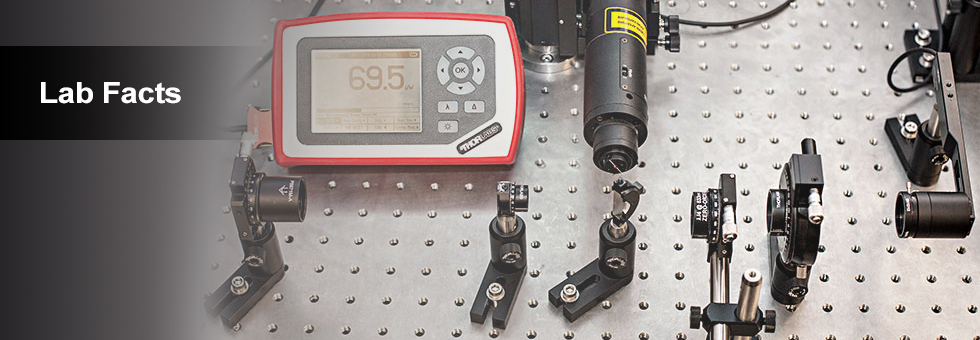

Please Wait
Thorlabs Lab Fact: Retroreflectors Alter Polarization State
We present laboratory measurements of the polarization state of a beam retroreflected through a Thorlabs retroreflector. In a polarization-dependent experiment, it's important to understand how the polarization of the input beam is altered during retroreflection. While input beams normal to the base strike each face of the retroreflector at a roughly 55° angle of incidence [1], the s and p polarization components experience different phase delays and are split differently, depending on the order of surfaces they reflect from. The base of the retroreflector is imagined to be divided into sextants; a beam incident on any one sextant will be retroreflected through the sextant sharing the same vertical angle (see figure to the right). We find that the change in polarization is dependent upon initial polarization of the beam and input sextant.
For our experiment we used the previous-generation HRS015 stabilized HeNe laser. The beam was retroreflected by a Ø1" N-BK7 prism retroreflector and propagated through a polarizer, after which its power was recorded. We measured beam power with the polarizer oriented horizontally, vertically, or at ±45°. Next, we inserted a quarter-wave plate into the beam path before the polarizer with the fast axis of the λ/4 wave plate aligned horizontally. The power of the beam was recorded with the polarizer set at ±45°. From this set of six measurements, the Stokes parameters were calculated, which yielded the parameters for the electric field polarization ellipse.
The two figures below summarize the measured results for the retroreflected polarization. The lower left figure shows the output beam by sextant for vertical input polarization; the lower right figure shows the output beam by sextant for horizontal input polarization. In both enlarged figures, A and B denote the major and minor axes respectively for the polarization ellipse. Θ is the angle between the major axis and the horizontal. Arrow heads mark the handedness of the polarization. Both Θ and handedness are reported as seen by an observer looking into the retroreflector. These measured results demonstrate that the polarization state of the retroreflected beam is dependent not only on the initial polarization of the incident beam, but also the sextant of the retroreflector that the beam in incident upon. For details on the experimental setup employed and the results summarized here, please click here.
Resources for the Interested Reader
The effects of retroreflectors on polarization state have been investigated via various methods: eigenpolarization states [2 - 4], internal incidence angles using transformations between internal reflections [5], and analytic geometry [1]. We present experimental results of polarization state changing through retroreflection and compare it to the theory developed in Ref. [1] though examination of the proper Jones and Rotation matrixes.
[1] J. Liu and R. M. A. Azzam, "Polarization properties of corner-cube retroreflectors: theory and experiment," Applied Optics 36, 1553-1559 (1997).
[2] E. R. Peck, "Polarization properties of corner reflectors and cavities," J. Opt. Soc. Am. 52, 253-257 (1962).
[3] P. Rabinowitz, S. F. Jacobs, T. Shultz, and G. Gould, "Cube-corner Fabry-Perot interferometer," J. Opt. Soc. Am. 52, 452-453 (1962).
[4] P.I Lamekin, "Intrinsic polarization states of corner reflectors," Sov. J. Opt. Tech. 54, 658-661 (1987).
[5] M. A. Acharekar, "Derivation of internal incidence angles and coordinate transformations between internal reflections for corner reflectors at normal incidence," Opt. Eng. 23, 669-674 (1984).
| Posted Comments: | |
sam
(posted 2018-08-09 17:42:18.063) Hi:
This applies to retro-reflectors / cube corners / trihedral prisms that are NOT metal-coated on their rear surfaces.
Where the rear faces are metal coated, be it aluminum, copper, or silver, there is much less of an effect on polarization. Based on simple experiments, a linearly polarized input beam is shifted clockwise or counterclockwise by order of 10 degrees depending on which faces are in the beam path.
So:
1. It would be nice to have a similar presentation for the metal-coated retro-reflectors
2. It would be desirable to offer these since many interferometer and other applications depend on minimizing changes to the polarization state.
Thanks,
--- sam
www.repairfaq.org/sam/laserfaq.htm YLohia
(posted 2018-08-21 12:13:06.0) Hello Sam, thank you for your valuable feedback. Metal coated retroreflector prisms are something we are already looking into and I have posted your comment on our internal forum for further consideration. I will reach out to you directly to get a better sense of your application and requirements. |
 Products Home
Products Home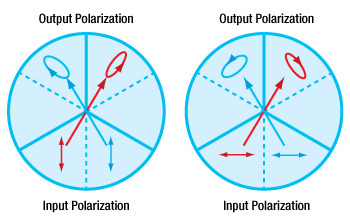
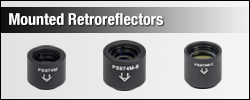

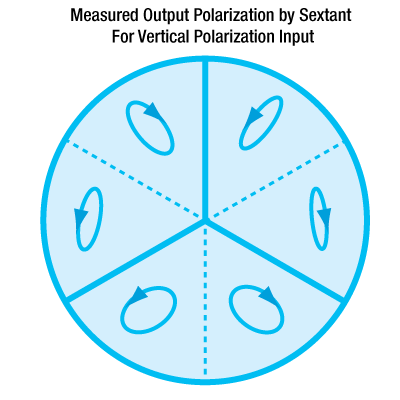
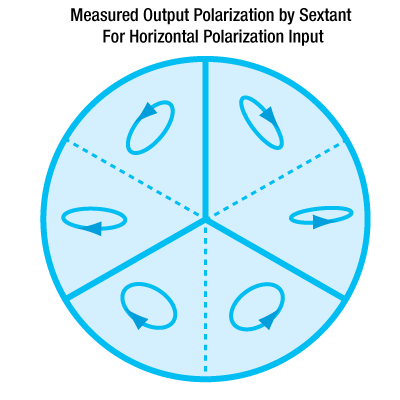
 Retroreflectors
Retroreflectors